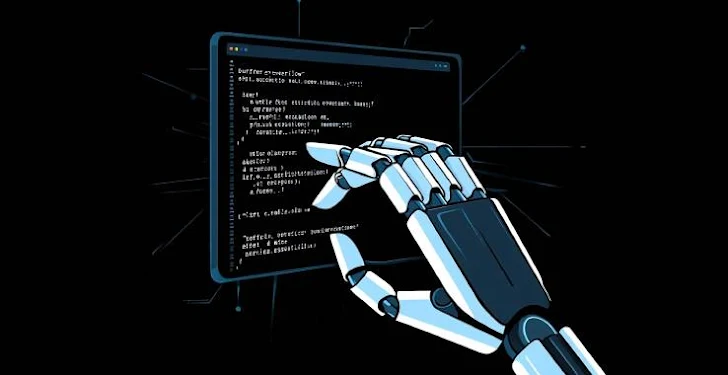Artificial Intelligence (AI) is revolutionizing the cybersecurity landscape at an unprecedented pace. While AI offers powerful tools for defense, it also equips adversaries with sophisticated means to launch attacks. This dual-edged nature of AI necessitates that security professionals not only keep up but strive to stay ahead.
The Accelerating Threat Landscape
Cyber attackers are increasingly leveraging AI to automate reconnaissance, craft convincing phishing schemes, and exploit vulnerabilities with alarming speed. This rapid evolution places immense pressure on defenders, who are inundated with vast amounts of data and alerts, making it challenging to discern genuine threats from false positives. The traditional reactive approach is no longer sufficient; a proactive, AI-driven strategy is imperative.
Integrating AI into Security Workflows
Organizations are beginning to embed AI into various security processes, including digital forensics, vulnerability assessments, and endpoint detection. By harnessing AI’s capability to process and analyze extensive datasets, traditional security tools are transformed into robust intelligence engines. AI has proven effective in accelerating investigations and uncovering previously unknown attack vectors. However, the rapid deployment of AI models often outpaces the establishment of comprehensive security and auditing protocols, potentially introducing new risks, particularly concerning privacy and data protection.
The Need for a Balanced Approach
The current landscape reveals a dichotomy: some organizations hastily implement AI without adequate security measures, while others avoid AI integration altogether due to apprehensions about associated risks. Both extremes are problematic. A balanced approach is essential—one that mitigates risks, enhances competitiveness, reduces costs, and enables swift decision-making. In the fast-paced realm of cybersecurity, a single misstep can have irreversible consequences.
Bridging the Skills Gap
A significant challenge in the AI-driven cybersecurity era is the shortage of professionals equipped with the necessary skills to effectively apply AI. Security teams must engage in continuous learning to keep pace with adversaries who adapt rapidly. Waiting for standardized solutions is not viable; the field evolves so quickly that traditional educational resources can become outdated almost immediately. Organizations that proactively embrace AI and invest in skill development will gain a substantial advantage over those that delay adoption.
Educational Initiatives and Training
To address this skills gap, educational institutions and training organizations are offering specialized courses designed to equip security professionals with AI and machine learning competencies. These programs focus on practical applications, such as building AI models for threat detection, automating security processes, and enhancing threat intelligence analysis. Importantly, these courses are structured to accommodate individuals without prior data science backgrounds, emphasizing a strong desire to learn and apply AI in daily operations.
The Imperative to Evolve
The cybersecurity domain is evolving at an unprecedented rate, driven by the rapid advancements in AI. Defenders must evolve in tandem to effectively counter emerging threats. The question is not whether AI will become integral to cybersecurity operations, but rather who will master its application first. Organizations and professionals committed to staying ahead of the curve must actively engage in learning and implementing AI-driven security strategies.



